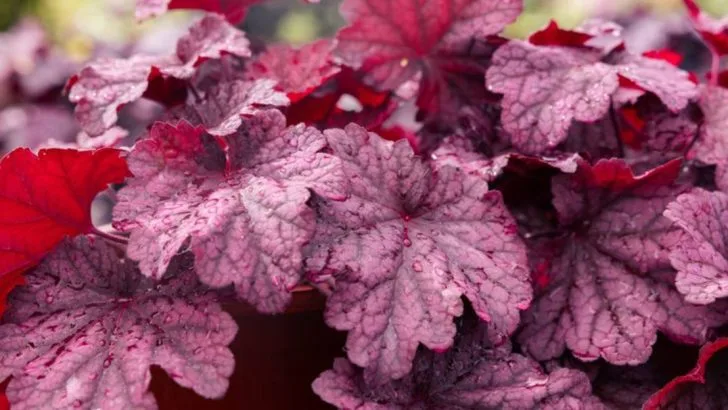There’s something magical about plants that return on their own, year after year—stronger, bigger, and more beautiful each time. These 20 powerhouse perennials don’t just survive—they thrive with time, giving you more color, structure, and presence with every season. Forget replanting and start investing in plants that pay you back in blooms.
From the classic charm of coneflowers to the resilient roots of daylilies, these perennials are anything but ordinary. Many of them require minimal maintenance, adapt to changing weather, and even improve your soil as they settle in. Whether you’re designing a pollinator-friendly bed, a cottage-style garden, or simply want more long-term beauty with less yearly effort, these plants deliver.
If you love the idea of a garden that gets better with age, this is your plant list. These selections don’t just return—they return bigger, healthier, and often with more blooms than the year before. Ready to plant once and enjoy for years? These are the perennials worth rooting for.
Peony
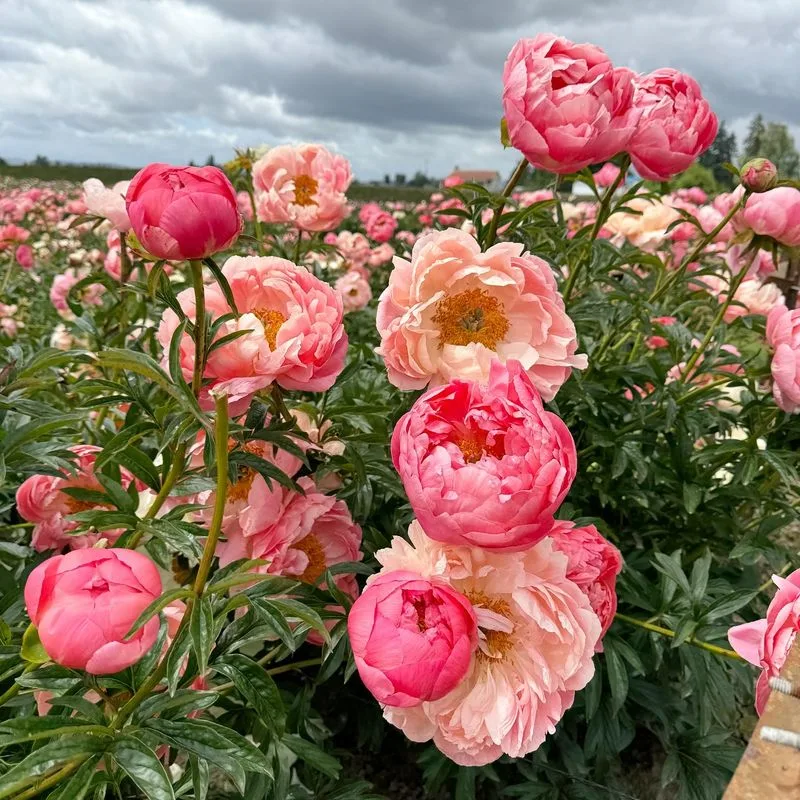
Few flowers capture the essence of summer like peonies with their ruffled petals and intoxicating fragrance. These robust plants are cherished for their longevity, often thriving for decades in one spot. They demand little care, apart from some well-timed pruning, and reward gardeners with spectacular blooms. Interesting fact: Peonies symbolize romance and prosperity, making them popular in wedding bouquets. With a deeply rooted history, these flowers have been cultivated since ancient times, gracing imperial gardens and modern backyards alike. Their ability to withstand cold winters only adds to their perennial charm.
Hosta
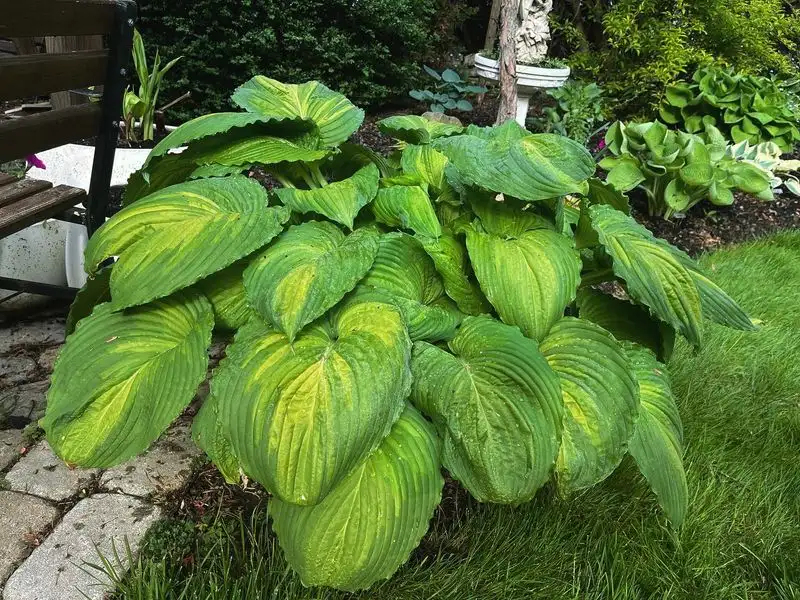
Hostas are the unsung heroes of shaded gardens, bringing elegance with their lush, variegated leaves. While flowers have their moment, it’s the foliage that steals the show. Ranging from deep greens to blues, they’re versatile and thrive in low-light conditions. Known for their resilience, hostas can survive harsh winters and bounce back vigorously in spring. They are also deer-resistant, making them a practical choice for woodland gardens. With over 70 species to choose from, each variety offers a unique leaf pattern, ensuring no two hosta gardens are ever quite the same.
Daylily
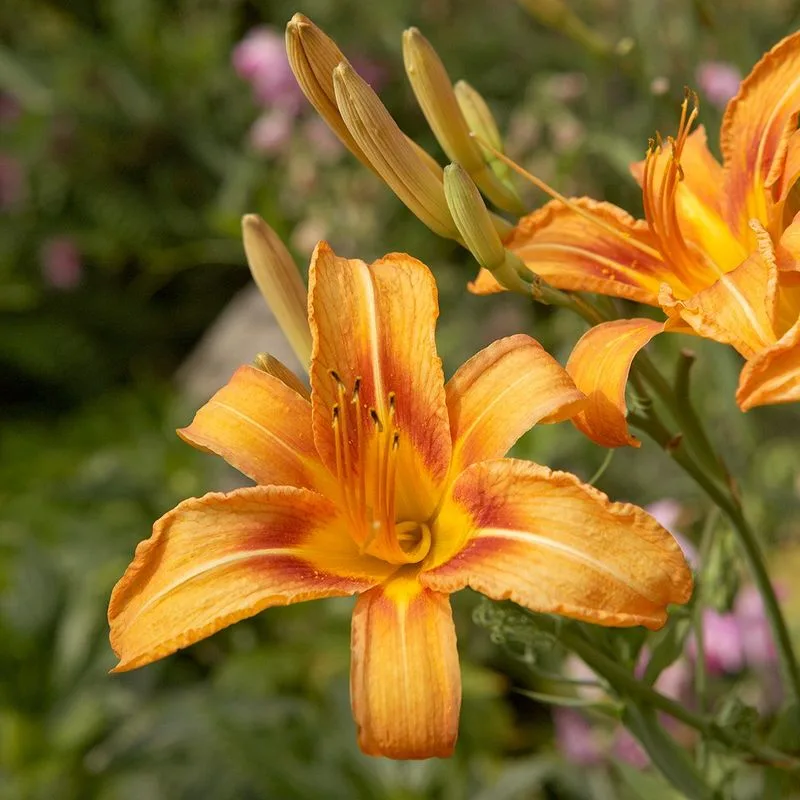
Daylilies are nature’s cheerful heralds, providing bursts of color to any landscape. Their trumpet-shaped flowers bloom in a spectrum of colors, though each blossom lasts merely a day. Despite their fleeting flowers, daylilies are prolific bloomers, ensuring your garden remains lively. They are known for their adaptability, thriving in various soil types and resisting pests. As plants that multiply rapidly, they often need dividing to control their spread. The daylily’s carefree nature makes it a favorite for gardeners seeking low-maintenance beauty. A garden with these perennials is never short of color.
Sedum

Sedums are the steadfast soldiers of the succulent family, thriving in rock gardens and drought-prone areas. Their thick, fleshy leaves store water, allowing them to flourish in less-than-ideal conditions. From ground covers to upright varieties, sedums offer diverse textures and colors. Their star-shaped flowers attract pollinators, bringing life to any garden. Easy to propagate, these plants expand quickly, making them perfect for filling empty spots. Sedums are not only heat-tolerant but also winter-hardy, proving their worth in any perennial collection. Their low profile and captivating forms are hard to resist.
Black-Eyed Susan
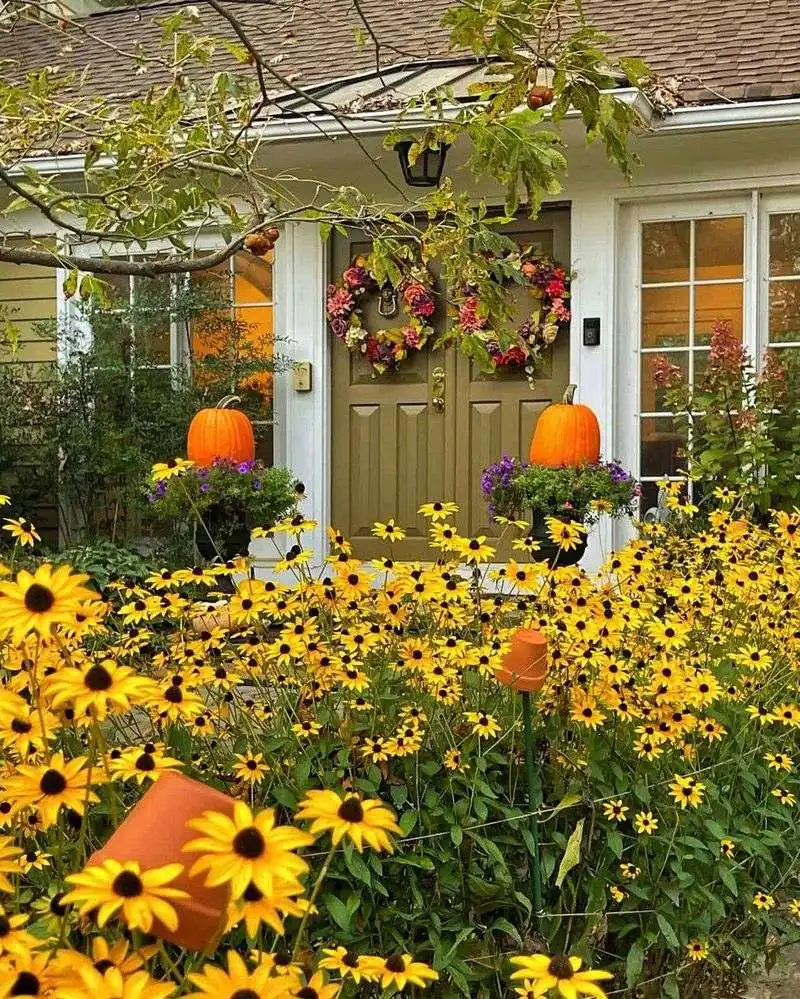
Radiating warmth, black-eyed susans are quintessential wildflowers that brighten any space. Known for their sunny appearance, they attract butterflies and birds, enriching the ecosystem around them. These perennials are easy to grow and tolerate poor soil conditions, making them ideal for novice gardeners. Their bold blooms can last from midsummer to fall, providing long-lasting color. Black-eyed susans often reseed themselves, ensuring a perpetual display year after year. A symbol of encouragement and motivation, they are often planted in community gardens and roadside beautification projects. Their cheerful demeanor is truly infectious.
Coneflower
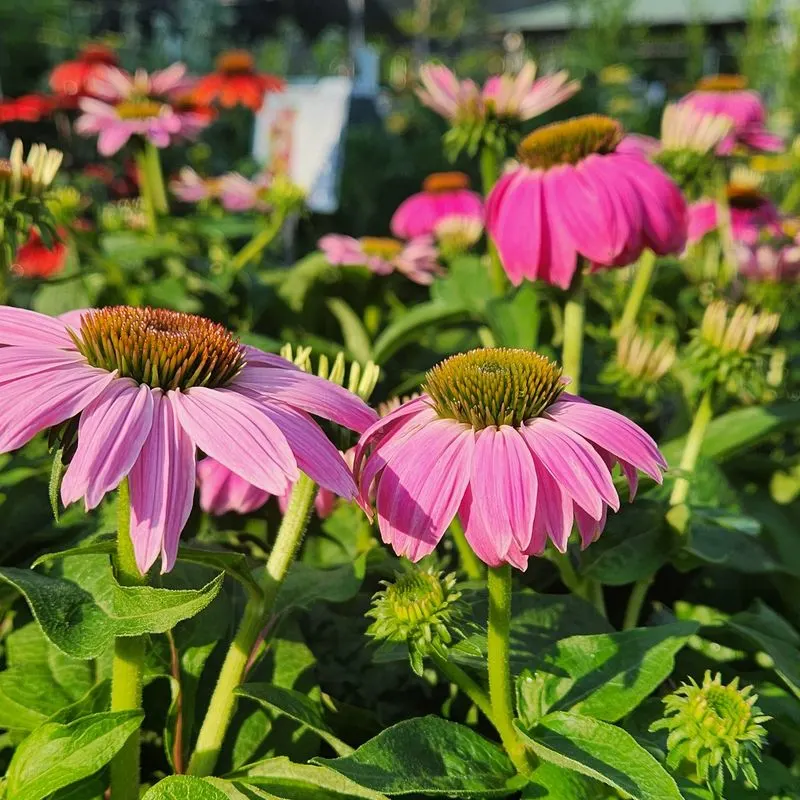
Coneflowers stand tall with their distinctive blooms that resemble a sunburst. These robust perennials thrive in sunny locations, attracting bees and butterflies with their nectar-rich flowers. Not only are they picturesque, but coneflowers are also known for their medicinal properties, particularly in boosting the immune system. Drought-tolerant and low-maintenance, they are a staple in prairie-style gardens. Their seeds provide a winter feast for birds, adding value beyond the growing season. Coneflowers’ adaptability to various climates makes them a favorite among gardeners seeking sustainable beauty.
Lavender
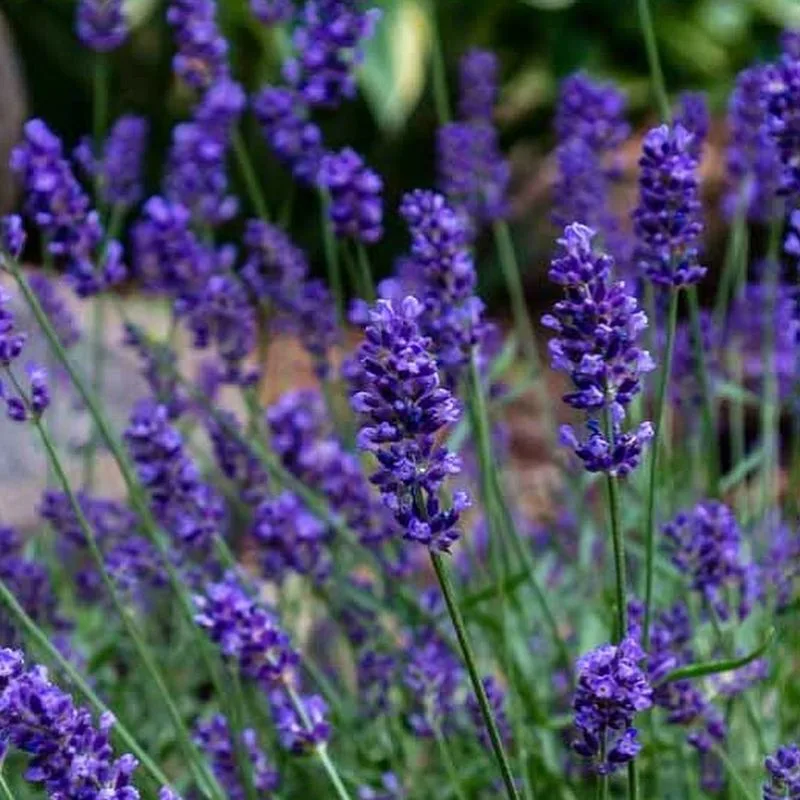
Lavender is a sensory delight, known for its soothing fragrance and calming properties. These hardy perennials thrive in sunny, well-drained soil and are often used in aromatic gardens. Beyond aesthetics, lavender’s essential oils are prized for their therapeutic benefits. Its silvery foliage and vibrant blooms attract pollinators, supporting garden biodiversity. While drought-resistant, lavender requires occasional pruning to maintain its shape and vitality. Its versatility extends to culinary uses, adding a floral hint to dishes and beverages. Lavender’s timeless appeal lies in its ability to evoke tranquility, making it a cherished garden staple.
Bee Balm
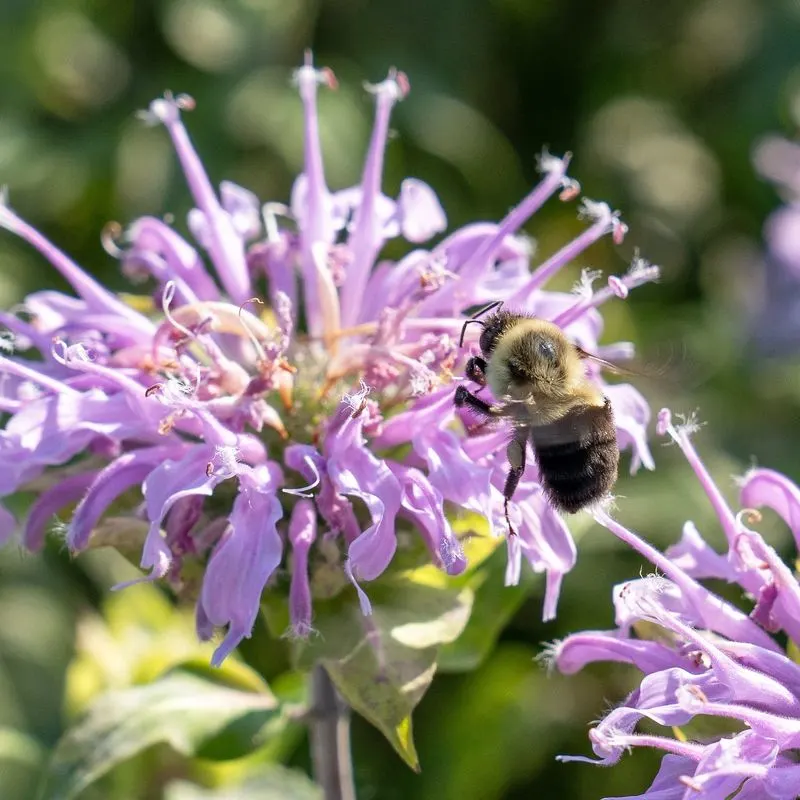
Bee balm is a vibrant addition to gardens, celebrated for its aromatic foliage and striking flowers. The blooms resemble fireworks, drawing bees, butterflies, and hummingbirds. Its medicinal uses date back to Native American remedies, earning it a place in herbal gardens. Bee balm’s rapid growth fills flower beds quickly, offering both beauty and practicality. Resistant to deer, it thrives in sunny or partially shaded areas. Regular deadheading encourages prolonged blooming, ensuring a colorful display throughout summer. This plant’s vigorous nature and aromatic presence make it a garden favorite.
Shasta Daisy
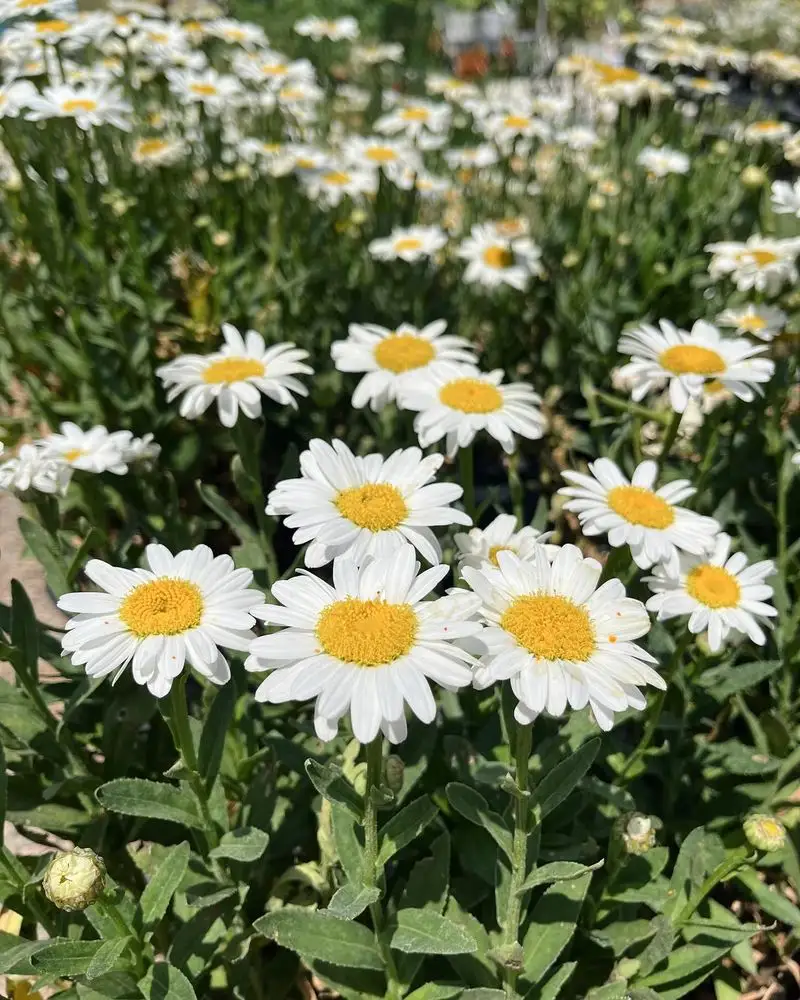
Shasta daisies bring a classic charm with their pristine white petals and golden centers. These perennials are easy to cultivate, requiring minimal effort for maximum impact. Blooming from early summer to fall, they provide a continuous display of freshness. Shasta daisies thrive in full sun and well-drained soil, making them resilient to varying weather conditions. They make excellent cut flowers, brightening indoor spaces as well. With their cheerful disposition and ability to attract beneficial insects, shasta daisies are ideal for cottage-style gardens. Their timeless beauty is sure to delight any gardener.
Phlox
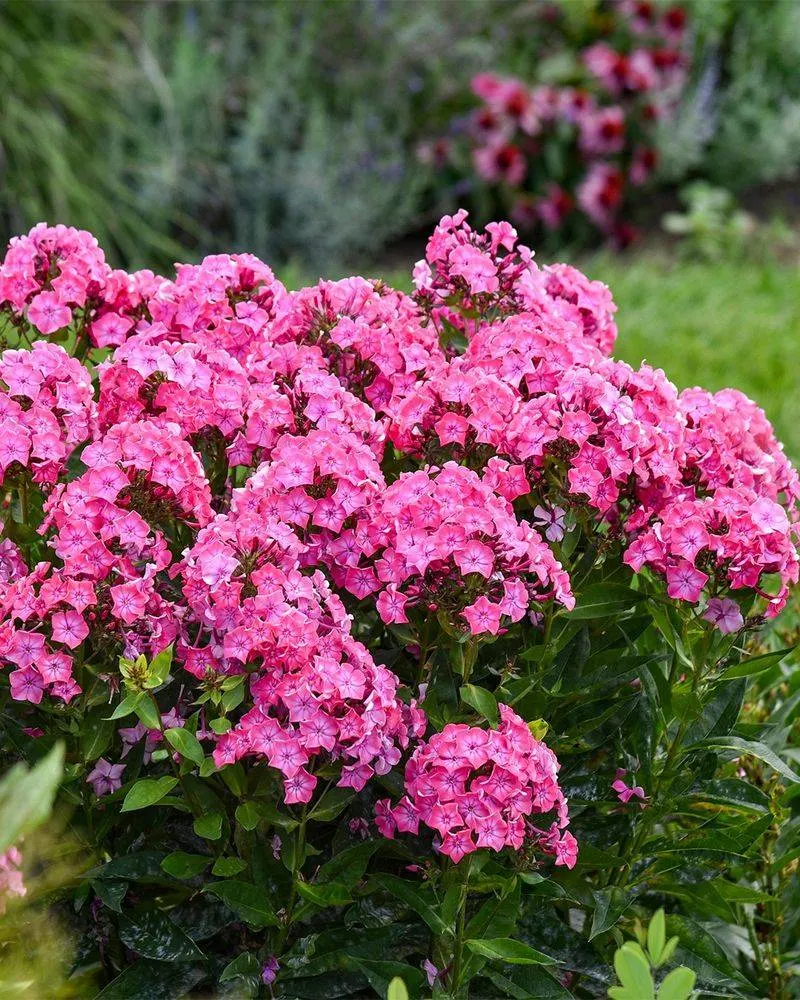
Phlox adds a splash of color and sweet fragrance to any garden setting. Its rounded clusters of flowers create a stunning ground cover or border display. Known for attracting butterflies, phlox is a favorite for wildlife-friendly gardens. It thrives in sunny locations and adapts well to various soil conditions. Regular watering and deadheading encourage extended blooming periods. With a history rooted in North American prairies, phlox has evolved into numerous varieties, each offering unique hues and fragrances. Their vibrant presence ensures gardens remain lively and inviting throughout the growing season.
Coral Bells
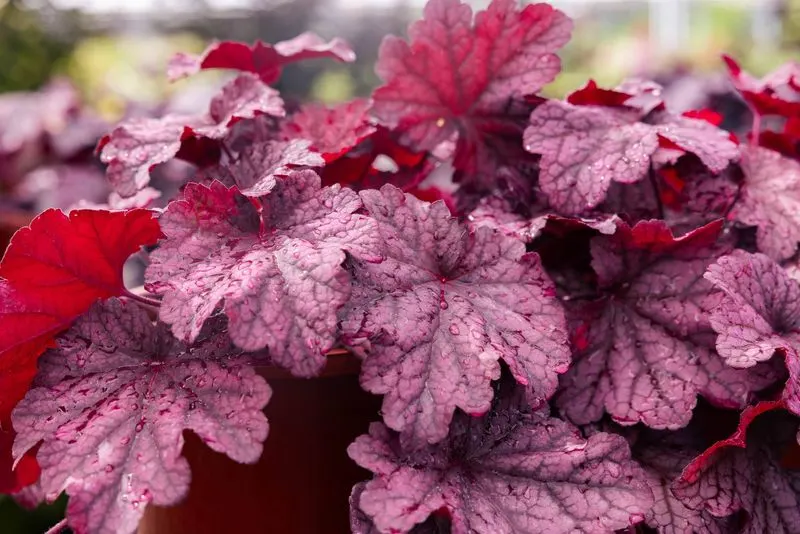
Coral bells, with their striking foliage, provide a colorful underlayer to garden beds. These perennials are known for their bell-shaped flowers, which attract hummingbirds and butterflies. Their leaves offer a spectrum of colors, from deep purples to vibrant greens, adding visual interest year-round. Coral bells thrive in shaded areas, preferring well-drained soil and moderate watering. They are deer-resistant, making them a reliable choice for woodland gardens. Easy to care for, these plants are perfect for gardeners seeking low-maintenance diversity. Coral bells’ unique textures and hues make them a standout addition to any landscape.
Astilbe

Astilbe brings elegance to gardens with its feathery plumes and fern-like foliage. These shade-loving perennials are perfect for adding height and texture to plantings. Blooming in a range of colors, from white to deep red, they provide visual interest throughout the season. Astilbe thrives in moist, well-drained soil and benefits from regular watering during dry spells. Their ability to attract pollinators, while being deer-resistant, enhances their appeal. Astilbe’s graceful appearance and easy maintenance make them an excellent choice for gardeners seeking effortless beauty in shaded spaces.
Russian Sage

Russian sage is a hardy perennial known for its aromatic, silvery leaves and delicate lavender flowers. This drought-tolerant plant thrives in sunny, well-drained areas, making it ideal for xeriscaping. Its tall, airy stems add a touch of whimsy to borders and rock gardens. Russian sage is deer and rabbit resistant, allowing it to flourish without much intervention. Regular pruning encourages bushier growth and more abundant blooms. Its long-lasting flowers attract pollinators, ensuring a lively garden atmosphere. Russian sage’s resilience and distinctive beauty make it a valuable addition to any perennial collection.
Yarrow
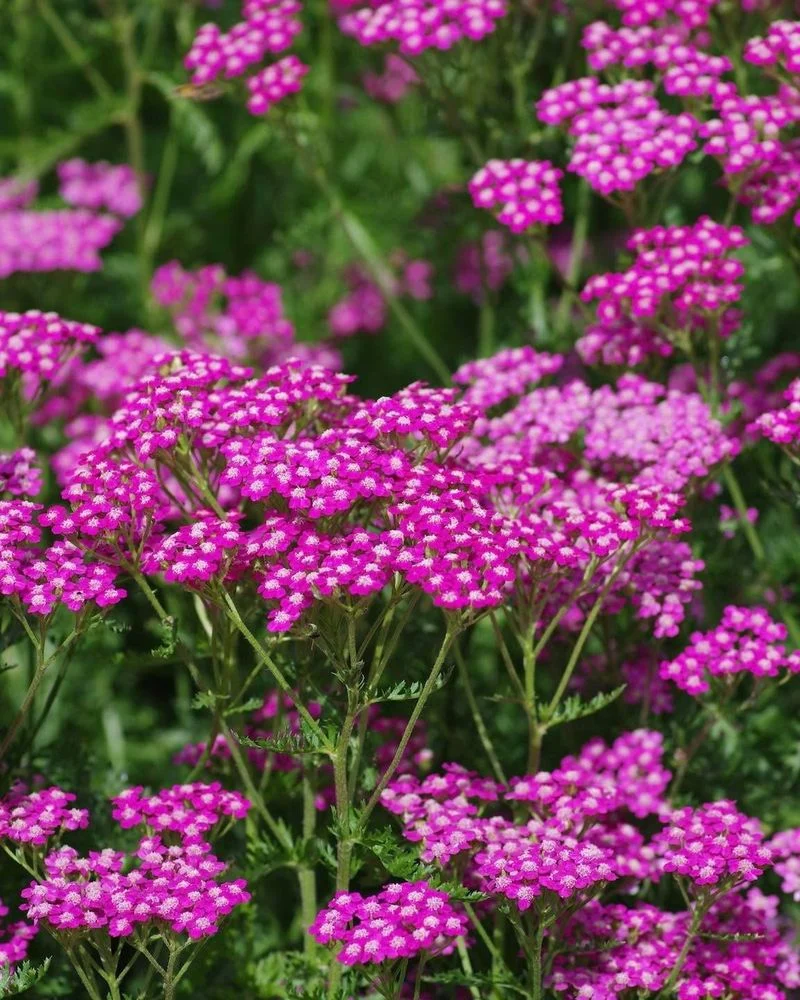
Yarrow is a versatile perennial celebrated for its flat-topped clusters of flowers and fern-like foliage. Known for its medicinal properties, yarrow has been used in traditional remedies for centuries. These hardy plants thrive in full sun and well-drained soil, making them drought-resistant and easy to care for. Their long-lasting blooms attract butterflies and beneficial insects, enhancing garden biodiversity. Yarrow’s ability to withstand poor soil conditions and its compatibility with other perennials make it a popular choice for gardeners. The plant’s vibrant colors and feathery texture add visual interest to any landscape.
Hellebore

Hellebores, often called Christmas roses, bring color to winter gardens when most plants are dormant. Their unique, nodding flowers bloom in shades of pink, white, and purple. These perennials thrive in shady locations, preferring rich, well-drained soil. Hellebores are low-maintenance and deer-resistant, making them a reliable choice for woodland gardens. Their evergreen foliage adds interest year-round, and their blooms provide early nectar for pollinators. Hellebores’ ability to flourish in challenging conditions makes them a cherished addition to any garden. These winter-blooming beauties offer hope and color during the coldest months.
Bleeding Heart
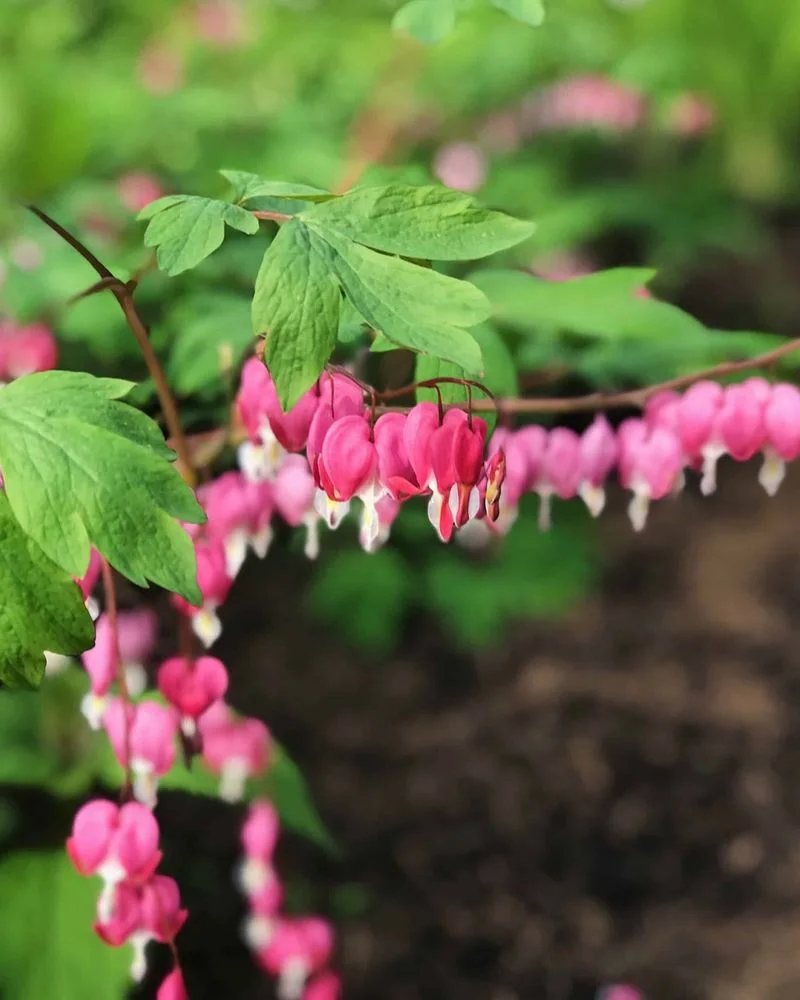
Bleeding hearts are a romantic addition to any shaded garden, known for their delicate, heart-shaped flowers. These perennials bloom in spring, creating an enchanting display. They thrive in cool, moist environments, preferring rich, well-drained soil. Bleeding hearts are low-maintenance and deer-resistant, making them an ideal choice for woodland gardens. After blooming, their foliage may die back, but the plant will return stronger the following year. Their unique appearance and historical significance in folklore add to their charm. Bleeding hearts’ elegance and resilience make them a beloved choice for gardeners seeking timeless beauty.
Japanese Anemone
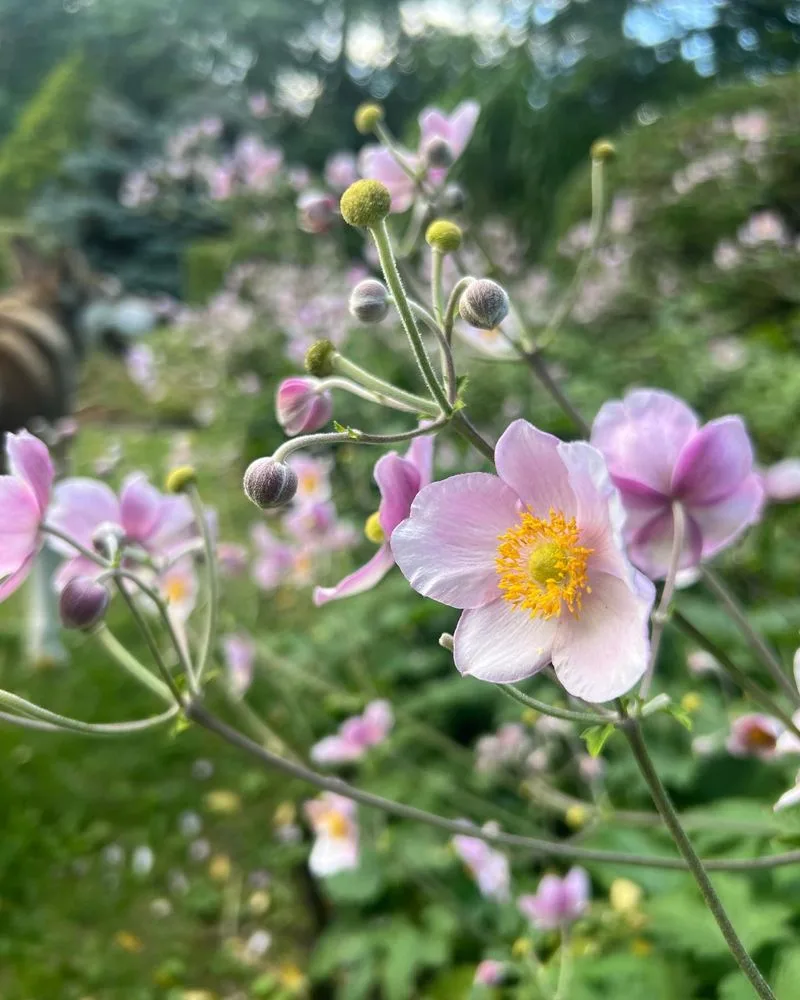
Japanese anemones bring grace to late-summer gardens with their delicate blooms and tall stems. These perennials are resilient and adaptable, thriving in a variety of soil types and light conditions. Their flowers attract pollinators, adding life to the garden as the season winds down. Japanese anemones require minimal care, making them ideal for low-maintenance landscapes. Their ability to spread through underground rhizomes ensures a robust presence year after year. The plant’s ethereal beauty and extended flowering period make it a valuable addition to any garden setting.
Lungwort
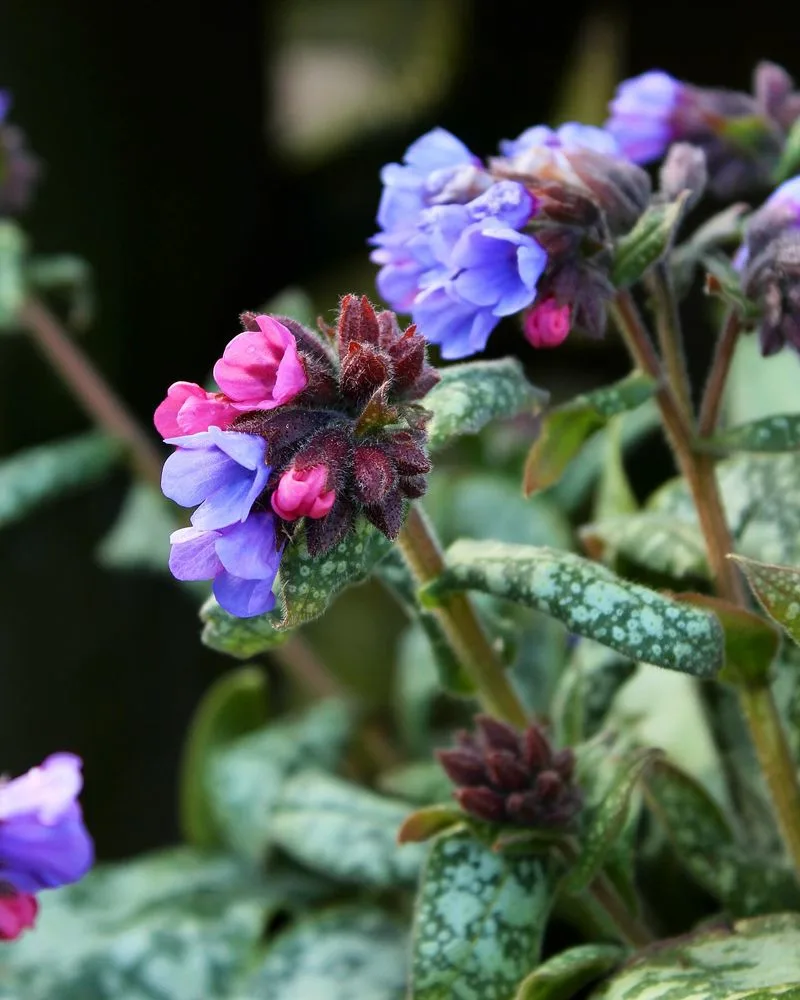
Lungwort is prized for its distinctive foliage, featuring white-spotted leaves and clusters of pink and blue flowers. These shade-loving perennials thrive in cool, moist environments, adding color to woodland gardens. Known for their medicinal history, lungwort has been used in traditional remedies for respiratory ailments. Their ability to attract pollinators and deter deer makes them a practical choice for diverse plantings. Lungwort’s early spring blooms provide an important source of nectar when few other flowers are available. The plant’s unique appearance and historical significance make it a cherished addition to any garden.
Brunnera
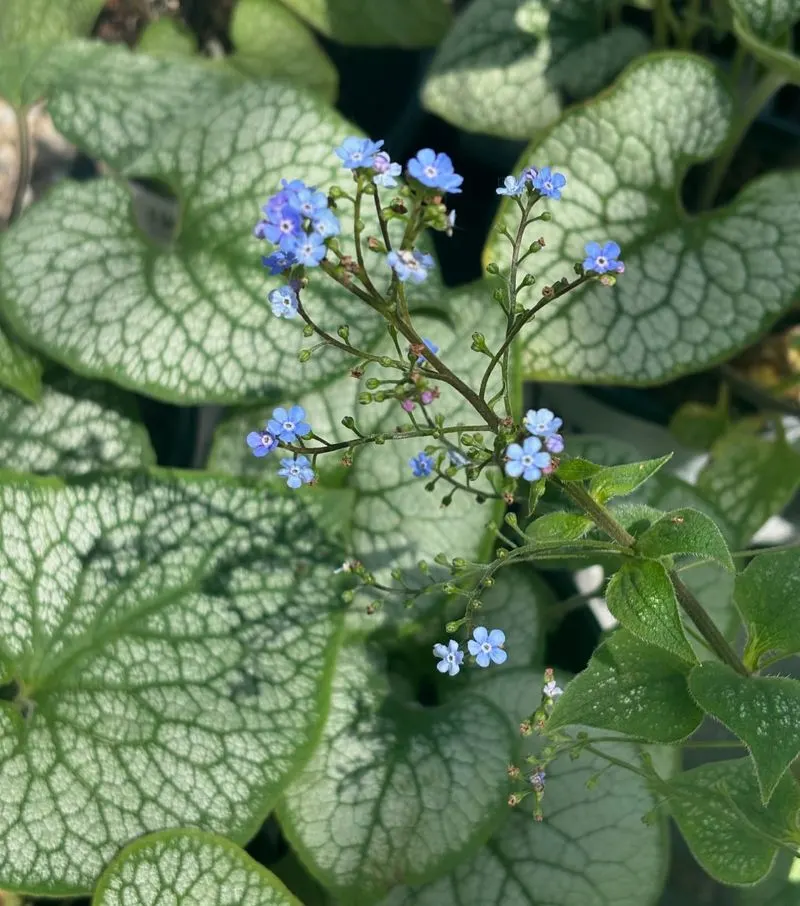
Brunnera, with its heart-shaped leaves and delicate blue flowers, brings a touch of nostalgia to shaded gardens. These perennials thrive in cool, moist environments, creating a lush ground cover. Their leaves are often variegated, adding visual interest even when not in bloom. Brunnera is easy to care for, requiring minimal maintenance once established. Their ability to withstand deer browsing makes them a reliable choice for woodland settings. The plant’s resemblance to forget-me-nots, combined with its durability, makes it a favorite among gardeners seeking enduring beauty in low-light areas.
Gaillardia

Gaillardia, also known as blanket flowers, bring vibrant color to sunny gardens with their daisy-like blooms. These perennials thrive in well-drained soil and full sun, making them drought-tolerant and easy to grow. Their long-lasting flowers attract butterflies and bees, supporting garden biodiversity. Gaillardia’s ability to bloom from early summer to fall ensures a continuous display of color. The plant’s compact size and carefree nature make it ideal for borders and containers. Gaillardia’s fiery hues and resilience make it a standout choice for gardeners seeking bold, lasting beauty.

